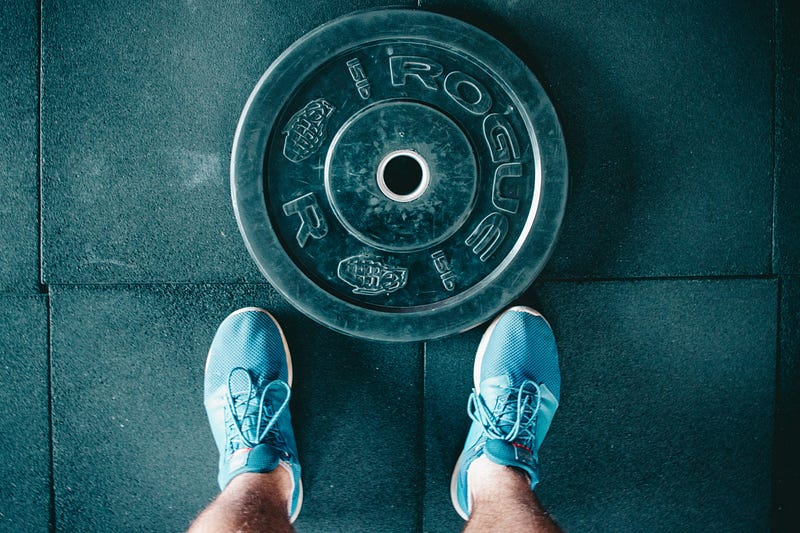The Ultimate Guide to PPL Workouts: Tips for Success
Written on
Introduction to PPL: What You Need to Know
When I began my fitness journey, like many others, I felt lost. I wasn't sure if my workouts were contributing to my physical development or hindering it. However, after extensive research and countless experiments—yes, a significant number of experiments—I discovered various workout splits that effectively organized my training. These splits can revitalize your routine and guide you toward achieving a robust and healthy body.
Understanding the PPL Split
PPL, which stands for Push, Pull, Legs, is arguably the most popular workout split for good reasons. This structure involves three workout days: a push day, a pull day, and a leg day, followed by a rest day before the cycle restarts. Each workout day focuses on specific muscle groups performing related movements: pushing (chest, triceps, shoulders), pulling (back, biceps, core), and legs.

Benefits of the PPL Split
The flexibility of the PPL split makes it suitable for both experienced lifters and newcomers. By segmenting muscle groups, this method ensures ample recovery time for each, reducing the risk of overtraining, provided you allow your body sufficient rest.
While more frequent workouts can yield better outcomes, the PPL split can be tailored to fit your schedule. You can choose to work out six days a week to see impressive results or opt for a lighter routine, exercising every other day and taking weekends off—working out three days weekly still offers significant benefits.
Creating a workout regimen around the PPL structure is straightforward. For push days, focus on movements that involve pushing weights away from your body, while pulling days emphasize the opposite actions. Leg days are self-explanatory, encompassing all related exercises. It's that simple!
Challenges to Consider
Like any approach, the PPL split comes with its downsides. Typically, these workouts focus on major compound movements, which may lead to neglecting certain muscle groups. This can create imbalances in your physique, especially if you tend to favor specific areas. Therefore, it’s crucial to ensure that your technique is sound and that you invest equal effort across all movements.
Additionally, this split often requires access to various equipment, which could be a drawback if you prefer home workouts or dislike gym environments.
Final Thoughts on PPL Workouts
During my college years, the PPL split was my primary workout method when I committed to fitness. It enabled me to monitor my progress effectively and make necessary adjustments when imbalances surfaced. I was able to incorporate specific exercises targeting areas where I desired more growth while reducing the frequency of movements that were already yielding excellent results.
What does your workout routine look like? Have you tried the PPL split before?
If you found this information helpful, consider subscribing for more content. This isn’t just a surface-level overview; my aim is to provide genuine insights on these topics and offer a fresh perspective to enrich your own. My passion lies in personal growth, a pursuit I believe is universal.
Thank you for reading, and remember to strive for improvement every day!
H.L. Atlas
© 2024 H.L. Atlas.
Learn the fundamentals of PPL training and its effectiveness in this introductory video.
This lecture provides an overview of the Private Pilot Ground School, a great resource for aspiring pilots.